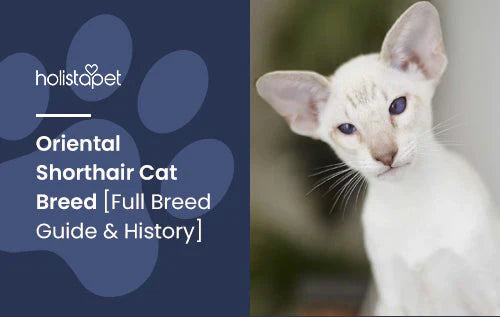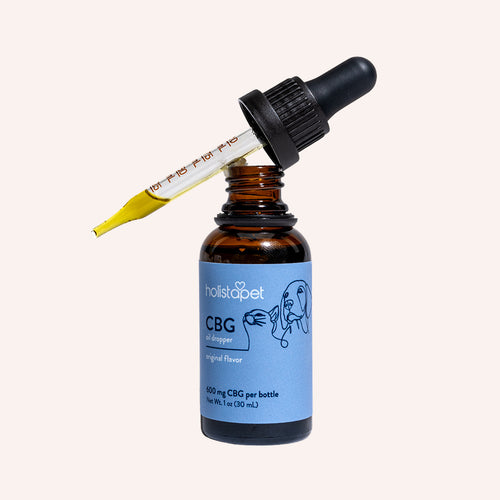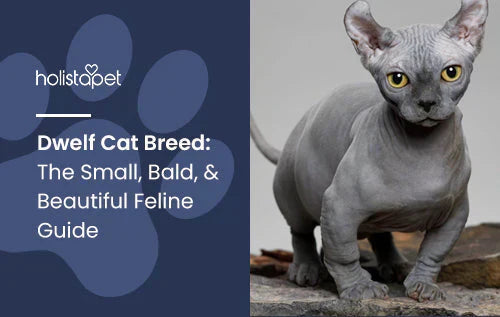Loud, intelligent, and mischievous. Thinking Siamese? Close, but not quite. The Oriental Shorthair has become one of the most popular cat breeds worldwide thanks to its friendly, affectionate, and energetic personality. Because of the breed's enormous ears, Oriental Shorthairs are hard to miss!
The Oriental Shorthair is a cat breed best known for its wide variety of colors and patterns. Because of its unique look and wide range of colors, the Oriental has become one of the most desired breeds in the world!
Breed Origin & History
Oriental Shorthairs are an old cat breed with a rich history. They were one of the many types of cats that royalty kept in the Royal Palace of Siam. Early portrayals of the Oriental Shorthair were found in a manuscript called The Cat-Book Poems between 1350 and 1767. Orientals were originally one of the few native cats from Siam and came in many colors and patterns.
The cats were also slim and skinny and had oriental big ears cat with a tapered muzzle. People immediately assumed the Cat-Book Poems were referring to the Siamese breed, but the Oriental Shorthair was just as important to the people of Siam.
Breed Creation
The earliest ancestors of Orientals originated from Thailand to England. These early blue-eyed, Siamese-like cats became popular in Europe throughout the 1890s. By the 1920s, this particular Siamese look became known as the standard for the breed. In the 1950s and 60s, breeders decided to incorporate felines that weren't native to Siam. They purposefully crossed Siamese with domestic cats and Russian Blues to get a broader range of colors and patterns.
American breeders were fascinated by the cats' unique look and started breeding their versions by crossing Siamese and Abyssinians. At the beginning of Oriental's creation, Siamese breeders had a disdain for hybrids. They didn't want people messing with the Siamese cat's body type and unique personality traits, and they didn't want another Siamese-type cross. Still, Oriental Shorthairs continued to gain popularity despite the balking of some cat breeders.

Registration
In 1972, the Cat Fanciers' Association (CFA) accepted Oriental Shorthairs for registration. Five years later, they received full championship status. Since then, the Oriental Shorthair has become one of the most popular shorthaired breeds in the United States and beyond. Breeders even created a longhaired version of the Oriental. The longhaired variety came in the same colors and patterns and had the breed's lean body and silky fur. Then, in 1995, the Oriental Shorthair and Oriental Longhair became a single breed, known simply as the Oriental.
Breed Personality
The Oriental is clever and highly intelligent. Regrettably, the Oriental Shorthair probably won't always listen to you. They can also be mischievous, quirky, and curious, which might get them into trouble. While Oriental Shorthairs may not always listen to your commands, they always seek attention — especially from their favorite humans. They often latch onto one person in the household.
The Oriental is a loyal breed that always tries to get involved in anything you're doing. Even if it's as mundane as doing the laundry, the Oriental wants to be included somehow. Oriental shorthair cats have one surefire way to get your attention: their loud vocals. While their meow sounds differ from cat to cat, Orientals are usually quite talkative. They constantly meow to get your attention, which their owners often find endearing and comical. The Oriental is not a cat for someone who wants some peace.
Once they have your attention, Orientals love to play. Even as adults, Orientals remain playful and energetic. They often play with random items around the house or climb into a drawer to get something shiny and intriguing. Orientals love to chase, swat, leap, and hunt around the house. They also love to entertain humans, although they will become distraught when scolded or ignored.
Breed Characteristics (Physical)
Although the Oriental has a strong personality, this breed is mainly known for its unique appearance. Their oversized ears make them stand out most, which look even more massive because of their thin bodies and narrow faces. They are also popular due to their variety of colors and patterns. The Cat Fanciers' Association likes to say there is an Oriental for everyone!

Size
Orientals are a smaller breed and typically weigh between 9 -14 pounds. They can grow to a height of 9-11 inches and about 11-14 inches long. Oriental shorthairs are not only light and small but also graceful and sleek. Their delicate bones and firm muscles give them a long and slender look.
Head
The cat's face is a long tapering wedge, starting at the nose and flaring out in straight lines to the tips of the ears. This feature gives their head a triangular shape. Their long, straight nose continues the forehead, giving them a distinctively wild appearance.
Eye Color
This breed's slanted, almond-shaped eyes are incredibly striking. They are often vibrant, coming in shades of green and blue. Their eye color can depend on their coat pattern and color. For example, a white bi-color Oriental will have blue eyes. Orientals are also known to have odd-colored eyes, meaning each is a different color.
Ears
Their ears are strikingly large with a wide base that continues along the lines of the wedge.
Legs & Paws
Like their body, Orientals' legs are slim and long. They have dainty paws, and their hind legs are longer than the front. They have five toes in the front and four in the back.
Coat
The Oriental Shorthair was developed to explore "all of the possibilities of color and pattern." According to the CFA, Orientals can come in over 600 color, pattern, and coat length combinations.
These colors include solids like:
- White
- Black
- Red
- Lavender
- Fawn
- Smoke
- Silver
Breed Care
Oriental Shorthairs should never be left alone for extended periods. They are a breed that will become sad and withdrawn without family. Orientals not getting the attention they crave may also act in destructive ways, like scratching up sofas or digging around in cabinets and drawers. To stimulate your cat, look for new ways to play with them! Try teaching them some tricks so they can entertain family and guests. You can also give them elevated climbing areas, like cat shelves or trees. Additionally, CBD oil or CBD treats may help promote relaxation and reduce stress in anxious Oriental Shorthairs.
The Oriental Shorthair has short fur. It's also very light and delicate, lying close to the body. Their short hair makes them pretty low-maintenance overall. Still, you'll want to brush your cat weekly to avoid excess hairballs and shedding. Brushing also keeps their coat sleek and shiny. Dental care for cats is essential! It would be best to brush your Oriental's teeth regularly to prevent dental issues. Keep an eye on their ears for dirt and wax buildup.

Health Problems
The Oriental shares many health problems similar to the Siamese since both breeds have a close genetic history. While the breed is generally healthy overall, this cat is known to carry some hereditary health conditions, so regular veterinary visits are essential!
Here are some issues to be on the lookout for:
- Bladder Stones
- Dilated Cardiomyopathy
- Liver Amyloidosis
- Mast Cell Cancer
- Crossed Eyes
Always check that your breeder is trusted and responsible. The CFA provides a directory for you to find reputable breeders nationwide. Responsible breeders will know what health problems the Oriental carries and avoid breeding litters with that condition.
Nutrition
Like all domestic cats, the Oriental Shorthair requires a protein-rich diet. Look for cat food with a rich protein source as the first ingredient, like chicken or salmon. It's best to avoid cat food that's heavy in carbohydrates. These are "fillers" since cats don't need them at all. Carbs are what make cats allergic to food or gain significant weight.
Remember not to overfeed your cat — no matter how much they beg! This cat can get pretty vocal when trying to get your attention, especially if their goal is extra food. Instead, try an automatic cat feeder that spreads their portions at set intervals. This will keep them consistently fed throughout the day!
Related: Wet Vs Dry Cat Food - Why It Matters & What to Look For
Children & Other Pets
Cats are not just good with other pets — they often need other pets' company. Many cat owners adopt two simultaneously, allowing them to bond and grow together. You'll frequently notice that Orientals like to stick close together, with one usually following the other's lead. Of course, they get along with other cat breeds and dogs.
More About This Breed
Unlike the Persian — often considered one of the "dopiest" cat breeds — the Oriental is regarded as the most intelligent. They are said to be even more curious than the typical cat. Even though their intelligence can often get this kitty into trouble, most breed enthusiasts can't deny the Oriental's charm.


 CBD Oil for Cats - Fast Acting
CBD Oil for Cats - Fast Acting
 CBD Cat Treats - Easy Dose
CBD Cat Treats - Easy Dose
 CBD Calming Chews for Cats - Highly Rated
CBD Calming Chews for Cats - Highly Rated
 CBG Oil for Dogs and Cats - Loved by Thousands
CBG Oil for Dogs and Cats - Loved by Thousands





Leave a comment
All comments are moderated before being published.
This site is protected by hCaptcha and the hCaptcha Privacy Policy and Terms of Service apply.